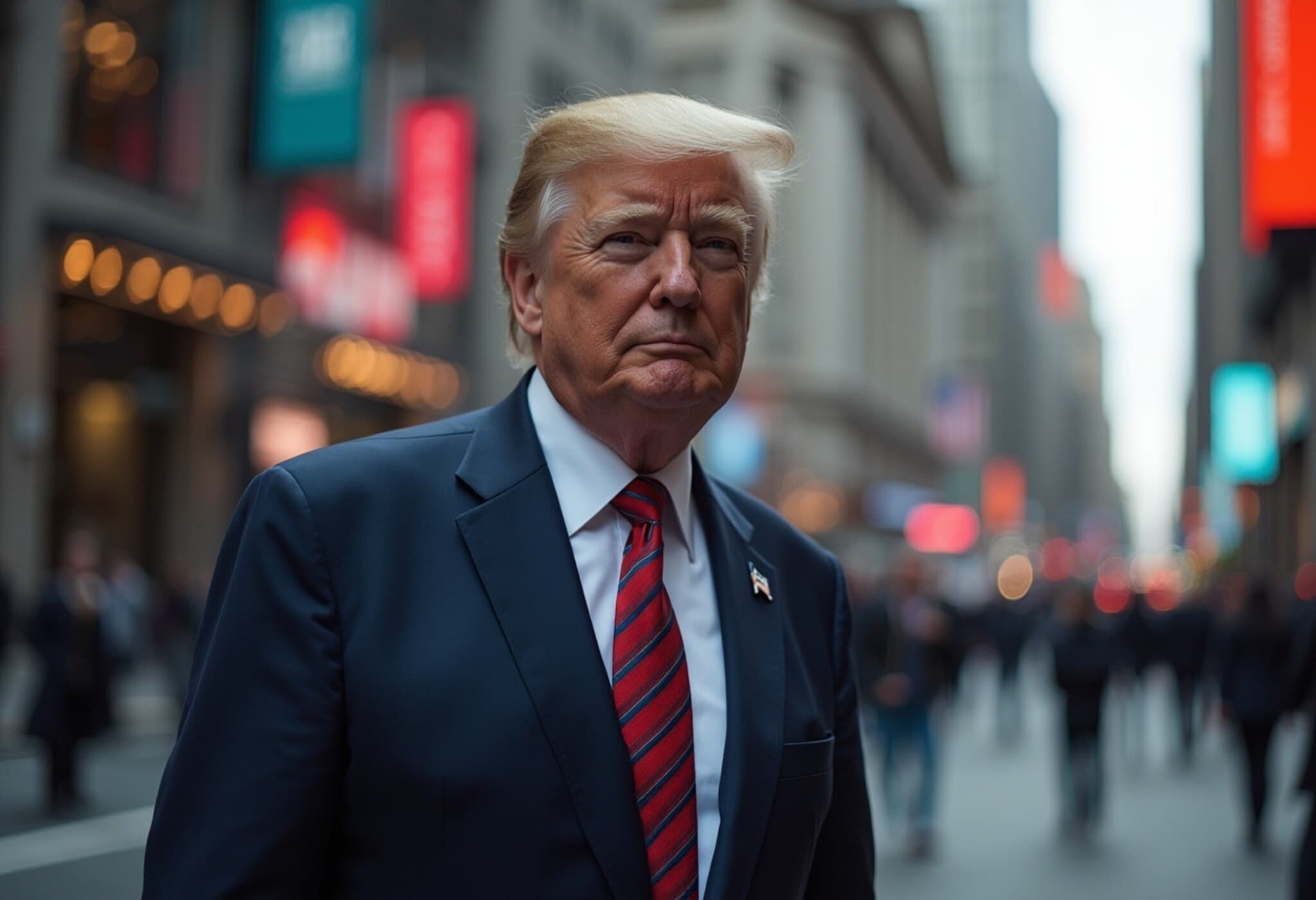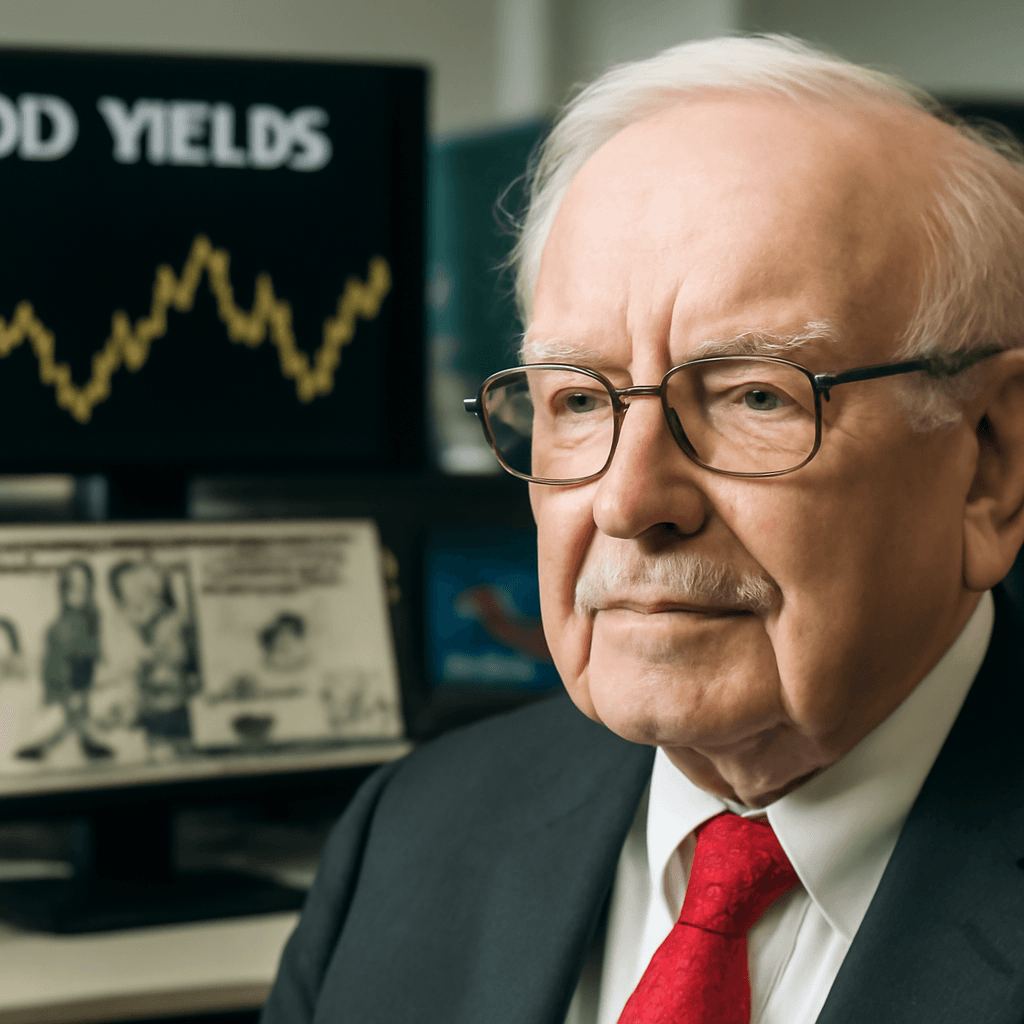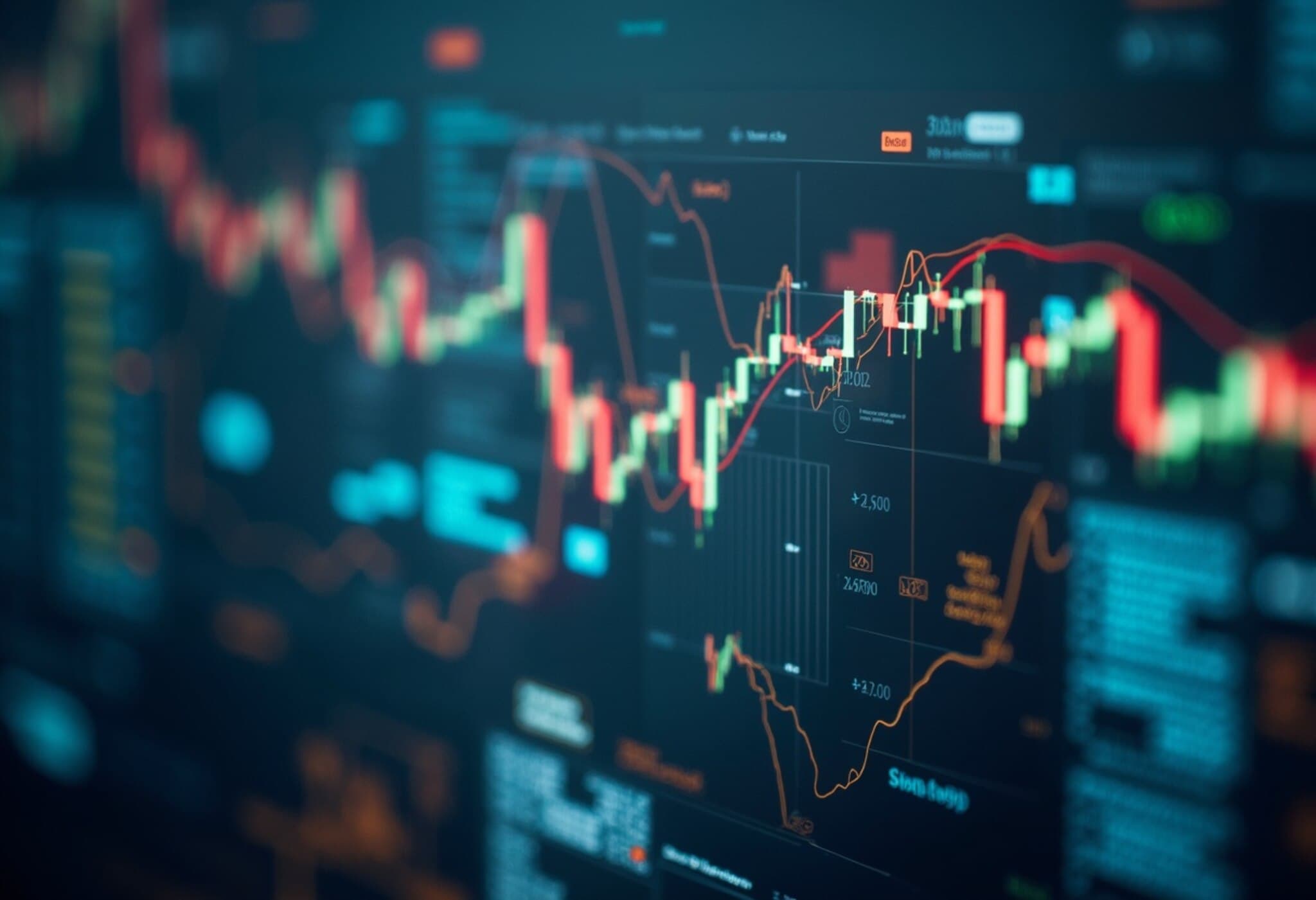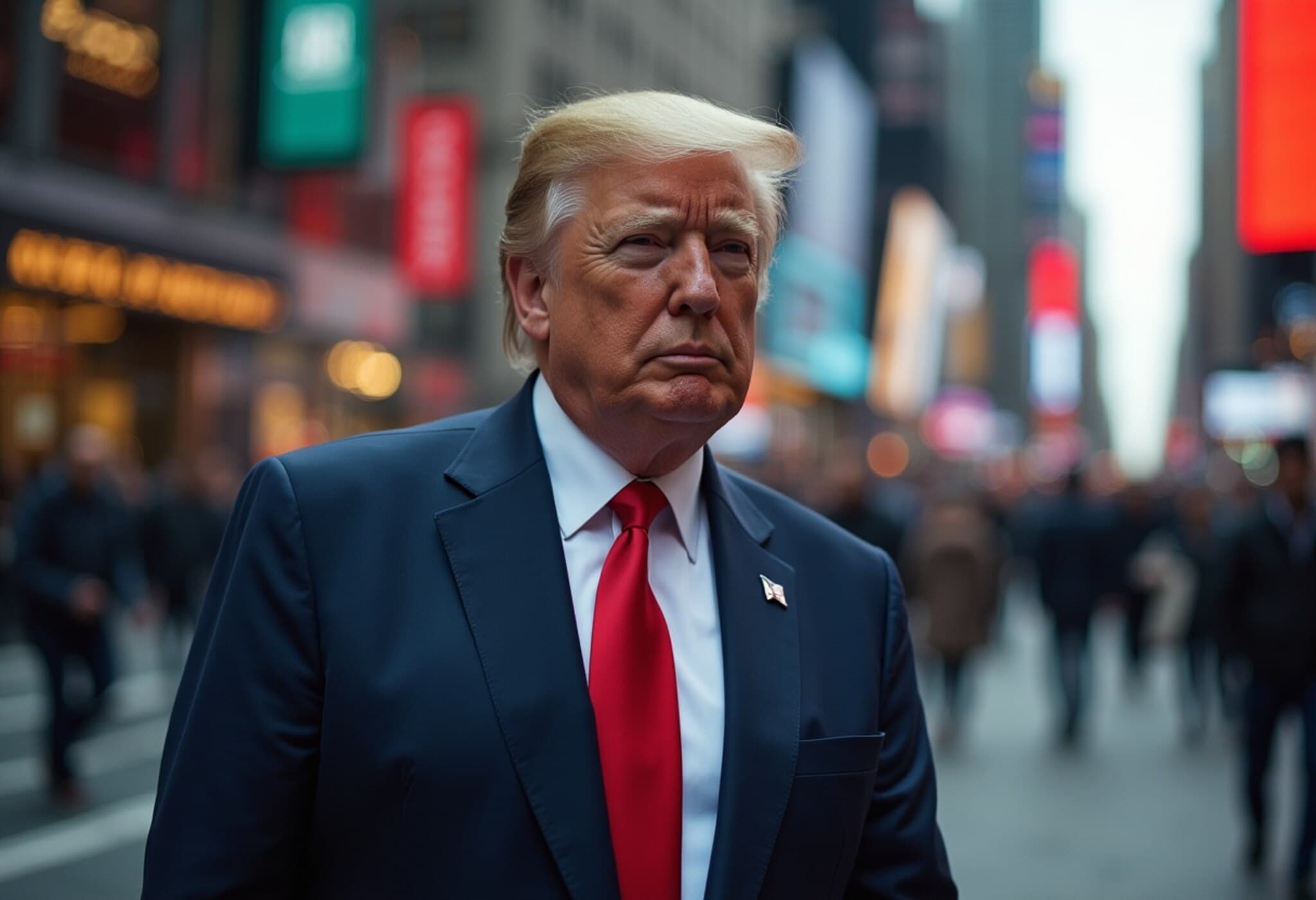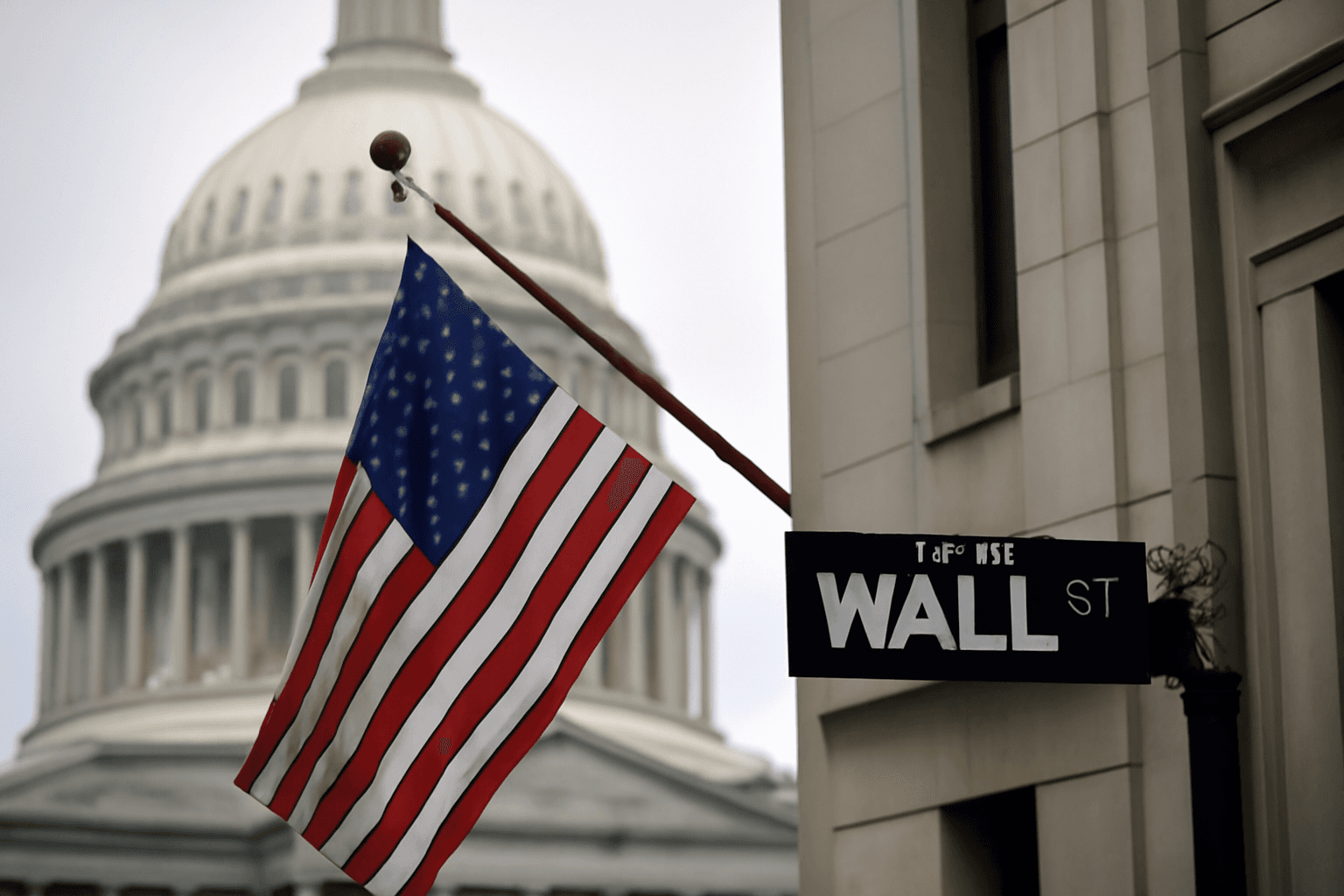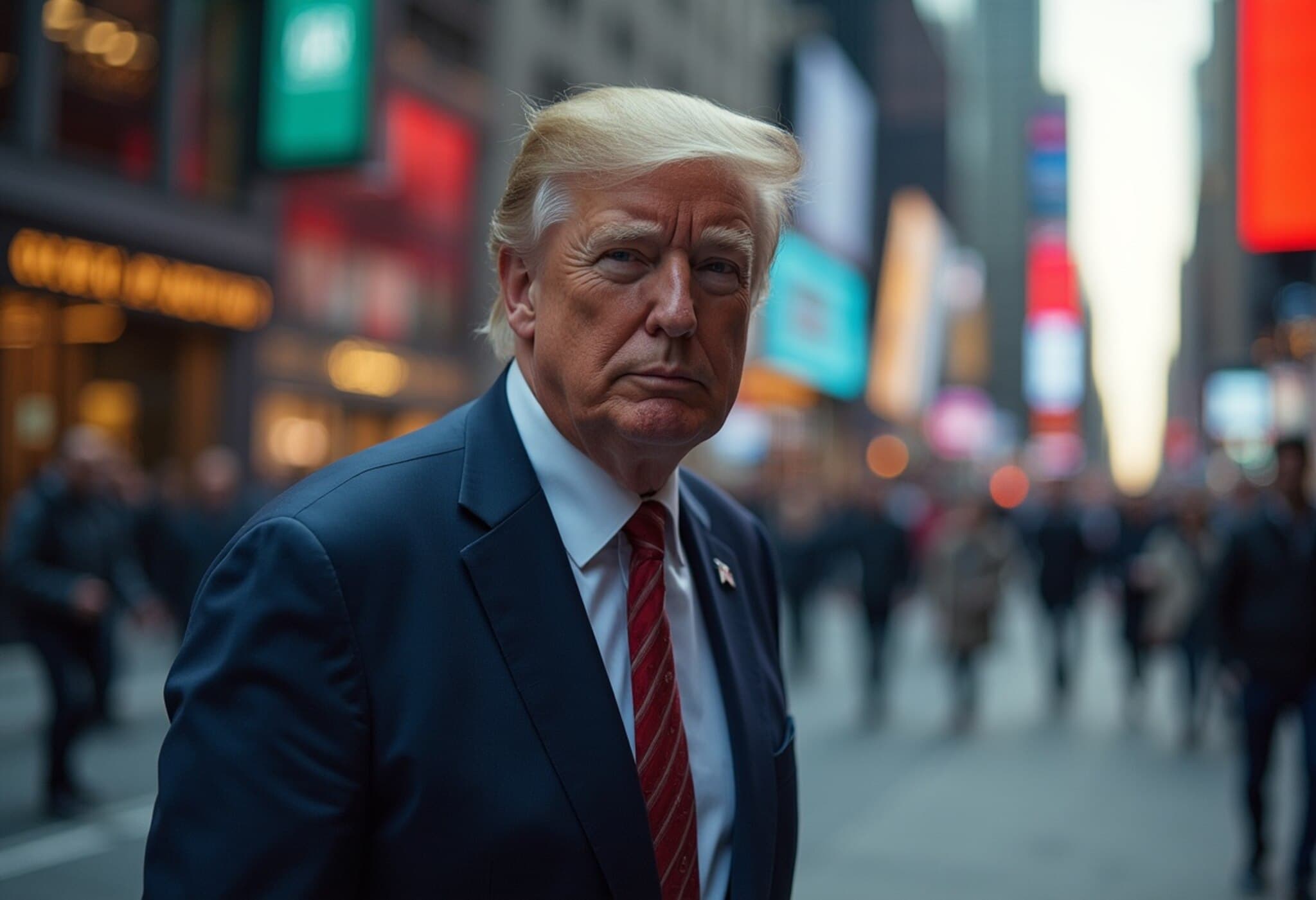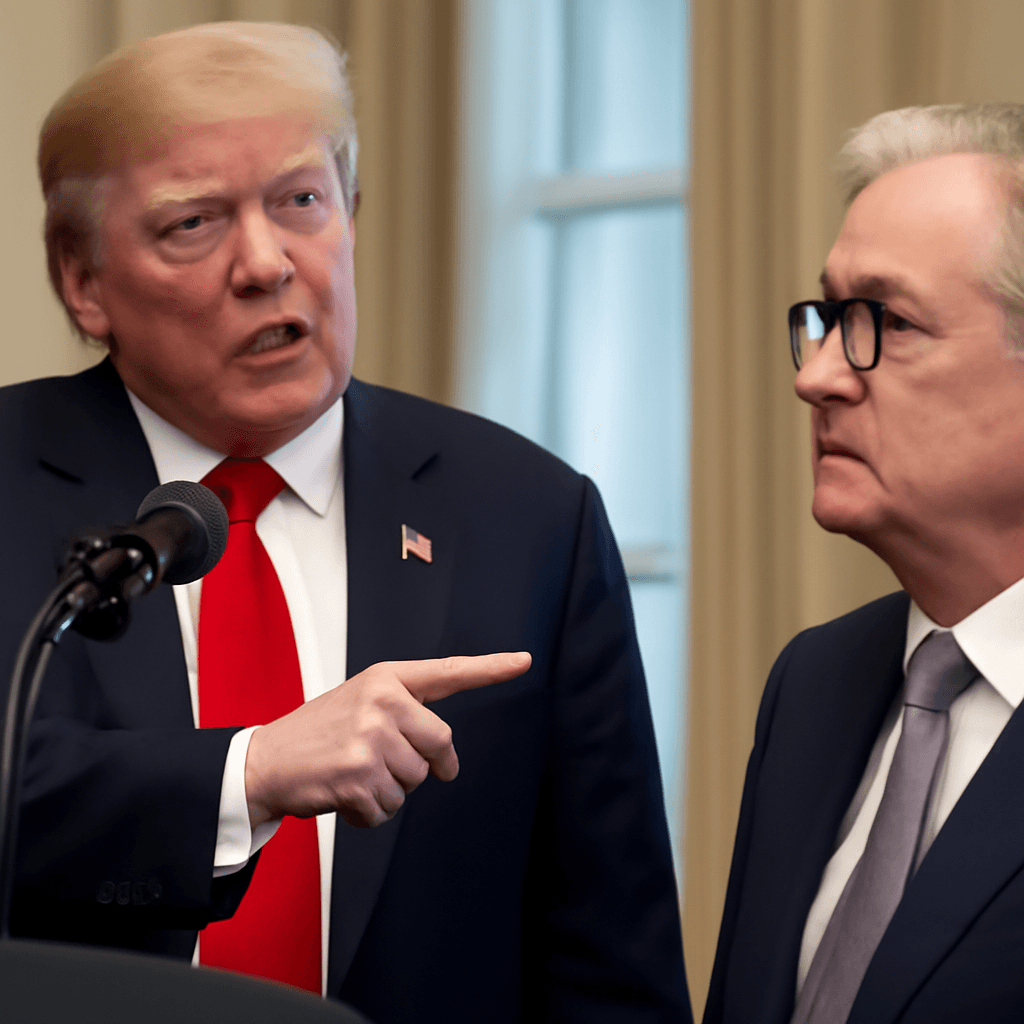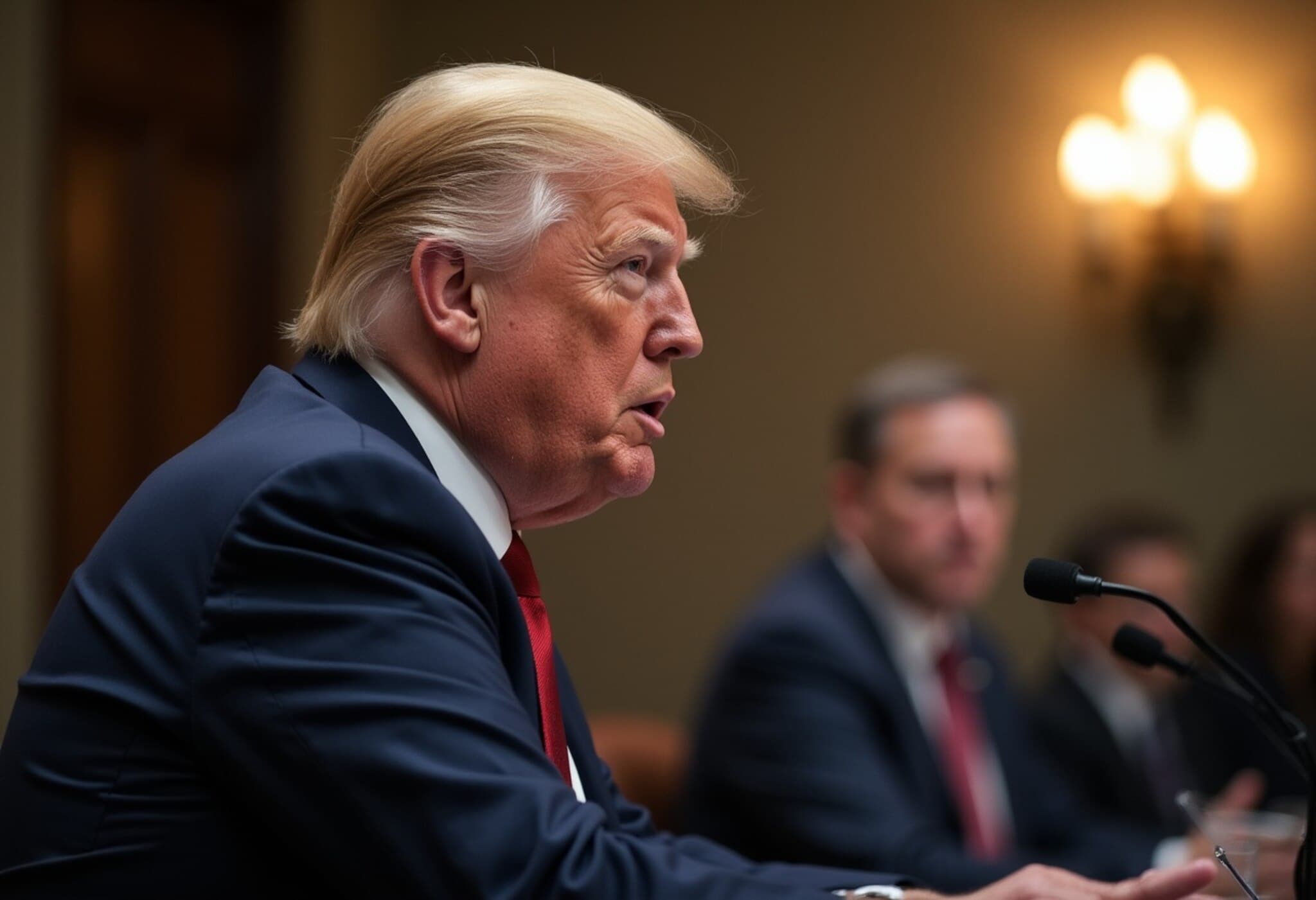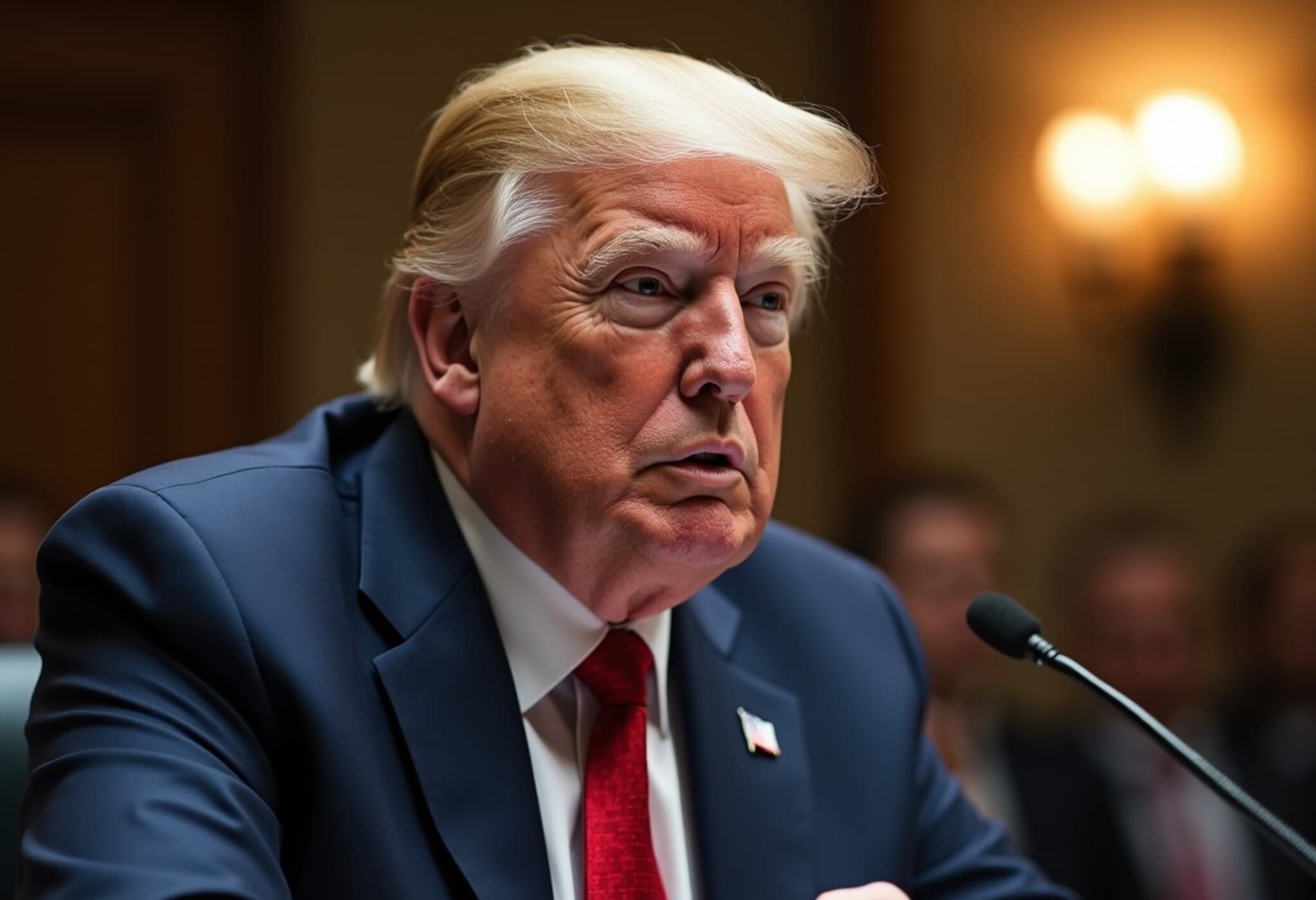Wall Street Faces Pivotal Week Amid Fed, Jobs Report, and Trade Negotiations
As July closes, financial markets brace for what's shaping up to be one of the most consequential weeks for Wall Street in months. Investors and analysts alike are eyeing several key events — including the Federal Reserve's rate announcement, the July jobs report, and looming deadlines for trade negotiations involving the United States — that could determine whether the current bull run maintains its momentum or faces turbulence.
Prediction Markets Reveal Investor Sentiment
Beyond traditional forecasts, prediction platforms such as Kalshi and Polymarket offer a unique lens into the collective mindset of traders and strategists. These platforms, which gained prominence ahead of the 2024 presidential elections, now serve as tools for market watchers to gauge probabilities surrounding major economic and political developments.
The Federal Reserve Meeting: No Rate Cut Expected, but Watch for Dissent
The Federal Reserve's upcoming policy decision stands as the centerpiece of next week's events. Futures markets and prediction platforms largely agree that the Fed will maintain the current interest rate, with Kalshi estimating However, the underlying sentiment hints at internal divisions. Kalshi assigns an 82% probability of at least one dissenting vote opposing the no-cut stance, signaling potential friction within the Fed’s board.
Notably, Fed Governors Michelle Bowman and Christopher Waller have publicly suggested they might support a rate reduction if inflation remains subdued. Their stance contrasts with Chair Jerome Powell’s cautious approach, who has emphasized the sustained strength of the economy despite tariff-induced pressures.
Powell is also expected to address the recent public exchange with President Trump concerning the Federal Reserve's building renovations—a political flashpoint that, while unrelated to monetary policy, adds an unusual dimension to the press conference.
Interestingly, prediction markets are even wagering on keywords Powell might use during his remarks, with words like "credit," "projection," and "median" trending among bets. This quirky side-market reflects traders’ hunger for nuance and potential signaling.
July Jobs Report: A Test of Labor Market Resilience
Next Friday’s jobs report will serve as a critical barometer for the labor market’s health amid ongoing tariff tensions and economic uncertainty. Kalshi’s data suggests traders expect a moderate but solid report: a 79% chance the payroll increase exceeds 100,000, yet only an 18% chance it will surpass 150,000.
The unemployment rate is predicted to slightly rise, with a 55% chance it will be above 4.1%. These figures align moderately with economist forecasts from FactSet, which anticipate about 115,000 jobs added and a 4.2% unemployment rate, a modest slowdown compared to June’s 147,000 jobs.
This report will be crucial in determining whether labor market strength can continue to underpin broader economic growth and investor confidence moving into the latter half of 2025.
Trade Tensions Near Critical Deadlines
Trade developments pose significant tail risks to market stability. With the August 1 deadline fast approaching, President Trump recently signaled a tentative 50-50 chance of reaching a U.S.-European Union trade agreement.
European Commission President Ursula von der Leyen confirmed plans to meet Trump in Scotland this Sunday to hash out details—an opportunity both sides hope to avoid escalating tariffs or retaliatory measures. Kalshi's markets reflect this uncertainty, pricing in a 53% chance of a trade deal with the EU.
Meanwhile, U.S.-China trade talks are on a parallel but distinct clock with an August 12 deadline. Polymarket currently assigns an encouraging 83% probability of agreement, indicating optimism about bilateral negotiations despite years of trade war rhetoric.
What This Means for Investors
- Market volatility is poised to increase around these events as traders adjust positions in response to headlines.
- Divergent views within the Federal Reserve could signal shifts in policy path and influence bond yields.
- A solid jobs report may reinforce economic optimism, but any downside surprises could stoke fears of a slowdown.
- Trade agreements or disputes could have major ramifications not only for corporate earnings but broader U.S. economic relations and supply chains.
Expert Insights: Beyond The Headlines
While the headline numbers will grab immediate attention, it’s worth probing deeper. For instance, the close vote within the Fed raises important questions about the cohesion of monetary policy strategy amid external shocks such as tariffs, geopolitical tensions, and inflation persistence.
Similarly, labor market data should be interpreted alongside wage growth, labor force participation, and sector-specific trends to fully understand the economy’s trajectory.
On trade, markets are often binary in assessing deal completion. However, partial agreements or phased negotiations could still reshape economic landscapes gradually, underscoring the importance of looking beyond simple yes/no predictions.
Conclusion: Navigating Uncertainty with Informed Eyes
Next week will test not just market resilience but also the interpretations and reactions investors bring to complex economic signals. Prediction markets provide an innovative glimpse into the crowd’s consensus but remain just one tool amid broader fundamental analysis. For policymakers and investors alike, staying vigilant, flexible, and informed will be essential in navigating the volatile weeks ahead.
Editor’s Note
Amid a flurry of high-stakes events, the nuanced insights drawn from prediction markets contrast with headline narratives, offering investors a ground-level view of confidence and uncertainty. Yet, as internal Fed debates and layered trade negotiations unfold, the real story will be in how policymakers balance growth and inflation risks in an increasingly complex global context. Readers should watch not only outcomes but also underlying market sentiment and policy signals as these next few days shape Wall Street's next chapter.

